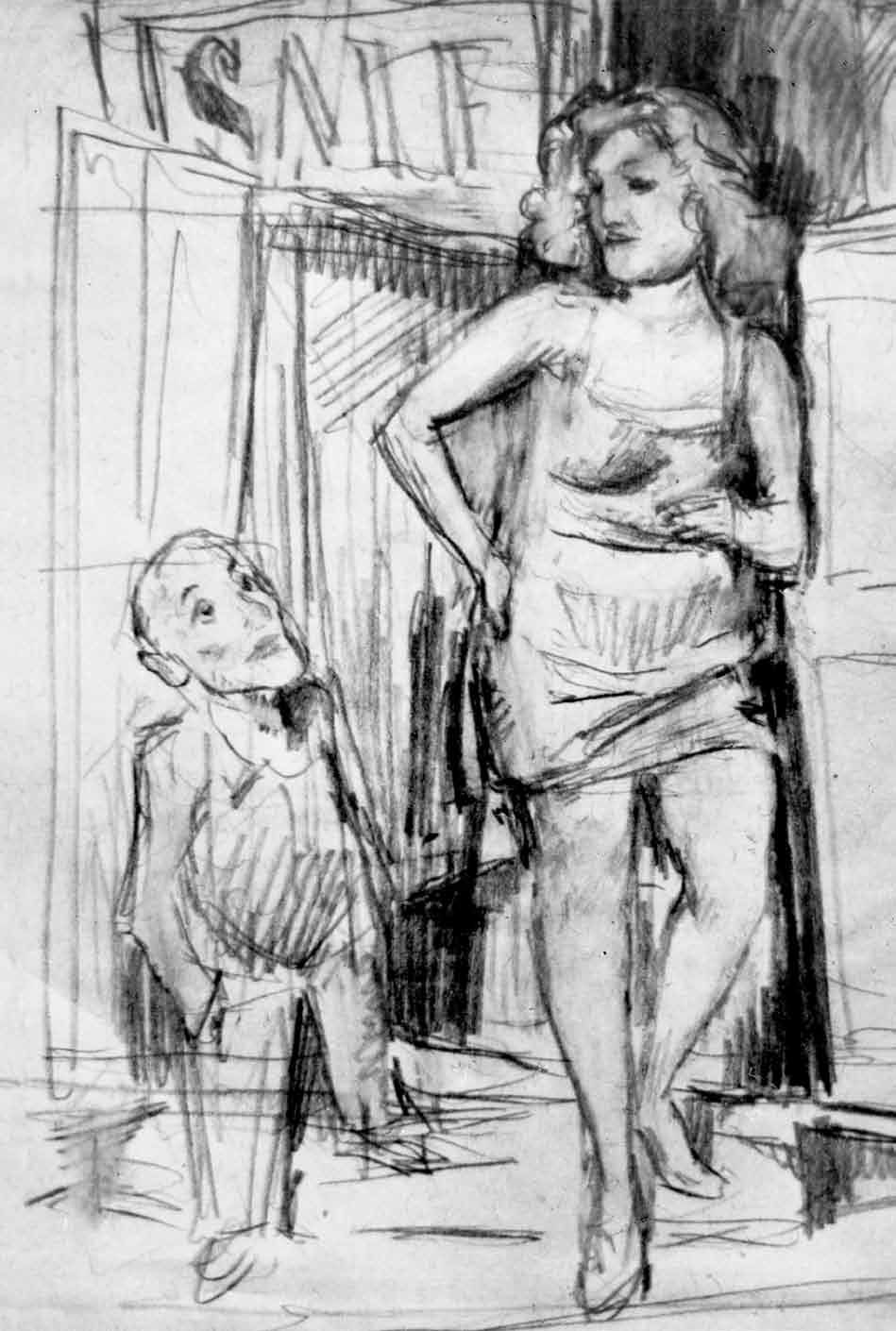Dzieło, którego nie ma?
A Work That Is Not There?
Practical (and Ontological) Reasons Why "The Booke of Idolatry" Is Not Available
Author(s): Stanisław RosiekSubject(s): Museology & Heritage Studies, Visual Arts, Polish Literature, Ukrainian Literature, Interwar Period (1920 - 1939), Philology, Theory of Literature
Published by: Fundacja Terytoria Książki
Keywords: Bruno Schulz; schulz studies; literary theory; interwar period; polish literature;
Summary/Abstract: In the age of technological reproductibility the original of The Booke of Idolatry has disappeared under more and more replicas. We have been talking and writing about reproductions which are more and more distant from the original: reflections, reflexes, copies, representations, and effigies. Until today, the whole cycle of Schulz’s cliché-verreshas not been published in an adequate form – there are only more successful reproductions of particular graphics. At any rate, the identity of "The Booke" has always been precariousand ambiguous. It has always been a work in motion – flickering, unstable,composed in various ways since particular graphics have appeared in different authorial configurations (files) each of which lead its own, independent life. Thus "The Booke of Idolatry" has its multiple history and no “hard” ontology. As a whole, it is not available. Still, the trouble with it begins already at the elementary level of an individual graphic. The differences among available copies have been caused by technological conditions (different chemical processing of the positives), which bring about specific material (different pace of ageing) as well as artistic consequences (replicating his cliché-verres,Schulz would choose either a sepia or a silver-black tone). As a result, different prints ofthe same graphic look different, which implies contingency of seeing and, what follows, also of understanding and interpretation. We may encounter "The Booke of Idolatry" only in its specific historical version, by coming across its individual copy. A comparison of a dozen or so preiconographic descriptions (or perhaps testimonies of looking/seeing) of the same copy of "Mademoiselle Circe and Her Troupe" reveals a fundamental diversityof views. Is it possible to have a debate on meaning without a consensus as regards what we can see? Is a pact concerning a visible object of the debate made (or perhaps not made?) in passing, while we interpret it in a joint effort to find its meaning?
Journal: Schulz/Forum
- Issue Year: 5/2015
- Issue No: 5
- Page Range: 113-122
- Page Count: 10
- Language: Polish

